FLAW-IDA
Credits
@qazedcujmyhn’s Boeing 737-200
Controls
AG1=Airbrakes
AG2=Reverse thrust
AG3=Landing Lights
Disaster on the Potamic: Air Florida flight 90
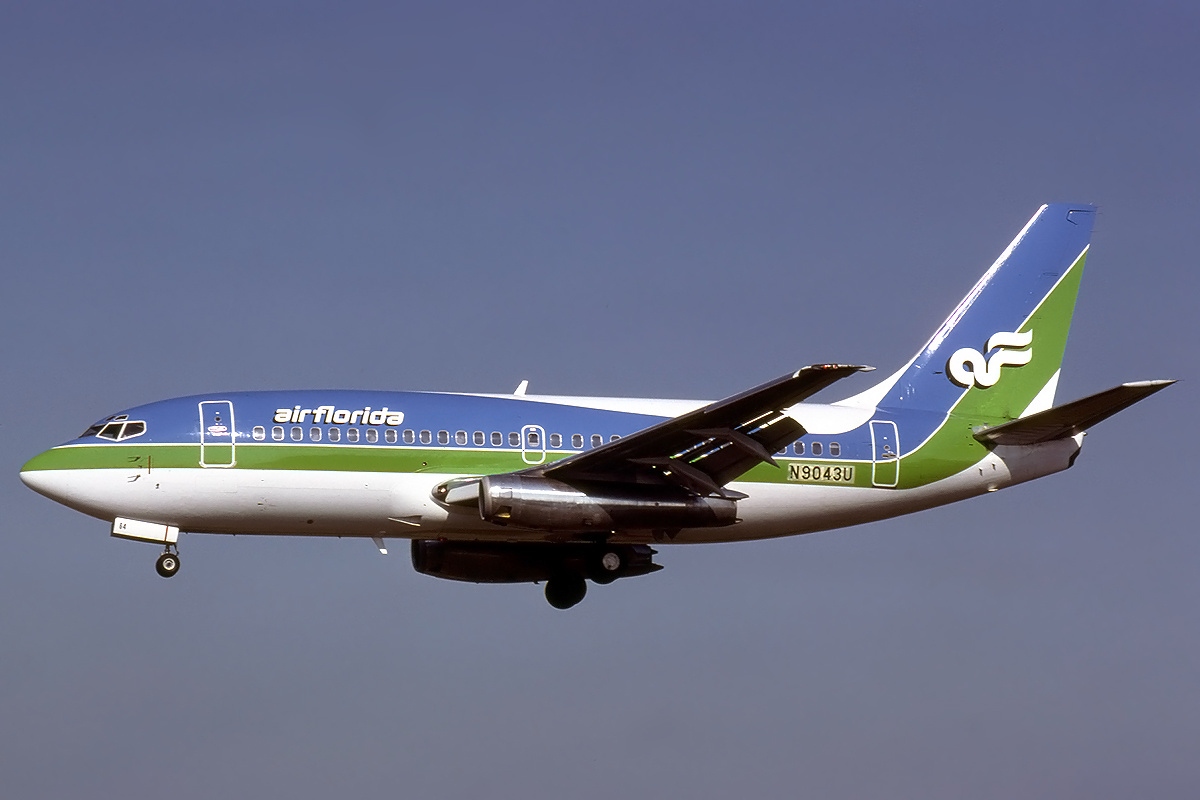
Plane similar to the one involved
Let’s start with the aircraft, shall we?
This is the Boeing 737, the -200 variant to be exact.

A 737-200 of American Airlines
The 737-200 is part of the original first generation of 737s, with the -100 variant. Air Florida flight 90 is a 737-222 (a model for Air Florida,) which is registered as N62AF. The aircraft was powered by two Pratt & Whitney JT8D-9A turbofan engines.
Souls on board
Pilot: Captain Larry M. Wheaton, aged 34
Copilot: Roger A. Pettit, aged 31
Total 79 occupants
Background
On Wednesday, January 13, 1982, Washington National Airport (DCA) was closed by a heavy snowstorm that produced 6.5 in (16.5 cm) of snow. It reopened at noon under marginal conditions as the snowfall began to slacken.
That afternoon, the plane was to return to Fort Lauderdale–Hollywood International Airport in Dania, Florida, with an intermediate stop at Tampa International Airport. The scheduled departure time was delayed about 1 hour and 45 minutes because of a backlog of arrivals and departures caused by the temporary closing of Washington National Airport. As the plane was readied for departure from DCA, a moderate snowfall continued and the air temperature was 24 °F (-4 °C).
Improper de-icing
The Boeing 737 was deiced with a mixture of heated water and monopropylene glycol by American Airlines, under a ground-service agreement with Air Florida. That agreement specified that covers for the pitot tubes, static ports, and engine inlets had to be used, but the American Airlines employees failed to comply with those rules. One deicing vehicle was used by two different operators, who chose widely different mixture percentages to deice the left and right sides of the aircraft. Subsequent testing of the deicing truck showed, "the mixture dispensed differed substantially from the mixture selected" (18% actual vs. 30% selected). The inaccurate mixture was the result of the replacement of the standard nozzle, "...which is specially modified and calibrated, with a non-modified, commercially available nozzle." The operator had no means to determine if the proportioning valves were operating properly because no "mix monitor" was installed on the nozzle.
Flight
Flight 90 was having trouble pushing back, since the pushback truck had no traction on the snow. The plane tried to use its reverse thrusters, but it had no effect. Eventually a truck with chains on its wheels managed to pushback flight 90.
The plane had to wait 50 minutes before reaching the takeoff line, and the pilot did not return to the jet bridge in fear of getting de-iced and further getting the flight delayed.
Even though snow was falling super hard, the crew forgot to active the engine anti-ice system.
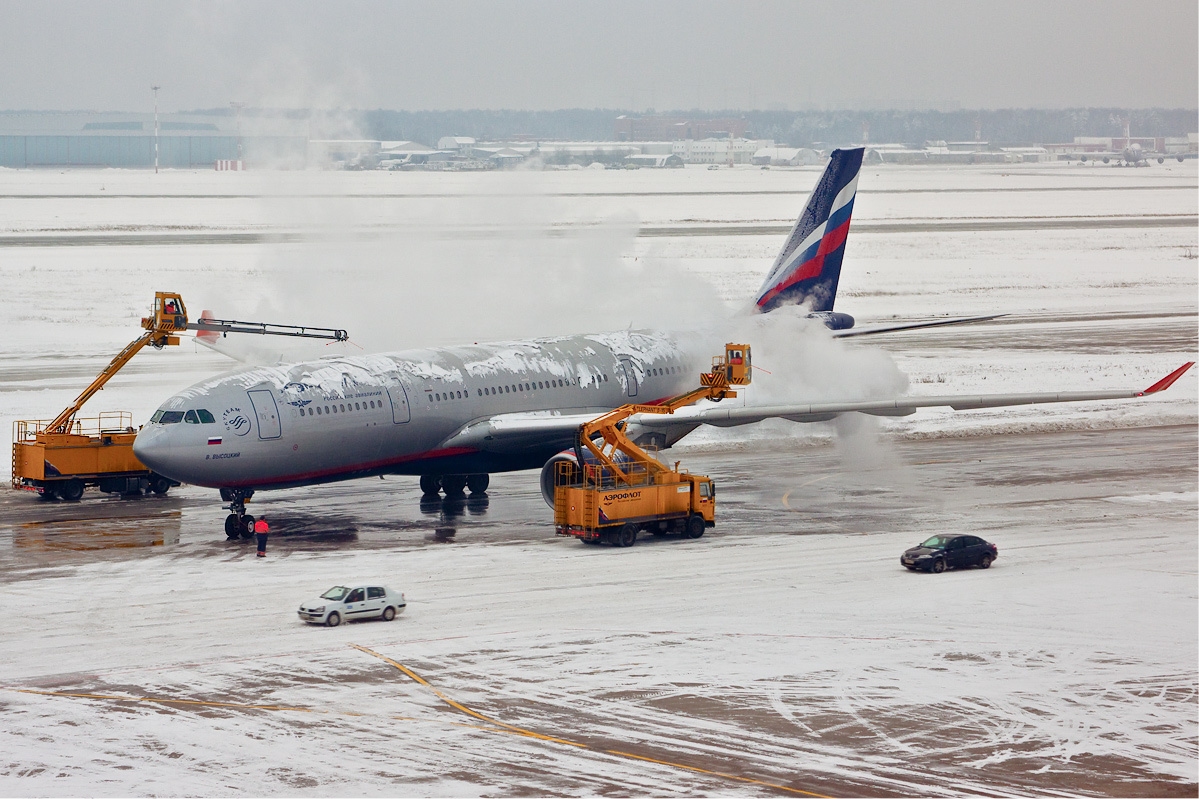
Aeroflot A330 getting de-iced
Despite the icing conditions with weather temperature of about 24 °F (-4 °C), the crew failed to activate the engine anti-ice systems, which caused the engine pressure ratio (EPR) thrust indicators to provide false readings.:?29,?47? The correct engine power setting for the temperature and airport altitude of Washington National at the time was 2.04 EPR, but analysis of the engine noise recorded on the cockpit voice recorder indicated that the actual power output corresponded with an engine pressure ratio of only 1.70.
Neither pilot had much experience flying in snowy, cold weather. The captain had made only eight takeoffs or landings in snowy conditions on the 737, and the first officer had flown in snow only twice.
Adding to the plane's troubles was the pilots' decision to maneuver closely behind a DC-9 that was taxiing just ahead of them prior to takeoff, due to their mistaken belief that the warmth from the DC-9's engines would melt the snow and ice that had accumulated on Flight 90's wings. This action, which went specifically against flight-manual recommendations for an icing situation, actually contributed to icing on the 737. The exhaust gases from the other aircraft melted the snow on the wings, but during takeoff, instead of falling off the plane, this slush mixture froze on the wings' leading edges and the engine inlet nose cone.
As the takeoff roll began, the first officer noted several times to the captain that the instrument panel readings he was seeing did not seem to reflect reality (he was referring to the fact that the plane did not appear to have developed as much power as it needed for takeoff, despite the instruments indicating otherwise). The captain dismissed these concerns and let the takeoff proceed. Investigators determined that plenty of time and space on the runway remained for the captain to have abandoned the takeoff, and criticized his refusal to listen to his first officer, who was correct that the instrument panel readings were wrong. The pilot was told not to delay because another aircraft was 2.5 miles (4 km) out on final approach to the same runway.? The following is a transcript of Flight 90's cockpit voice recorder during the plane's acceleration down the runway.
As the plane lifted off the ground, the stick shaker started shaking.
As the plane started stalling, its tail section hit the 14th street bridge and slammed into the frozen Potamic. The plane hit six cars and a truck on the bridge, and tore away 97 ft (30 m) of the bridge's rail and 41 ft (12 m) of the bridge's wall.
Of the people on board the aircraft:
Four of the crew members (including both pilots) died.
One crew member was seriously injured.
Seventy of the 74 passengers died.
Nineteen occupants were believed to have survived the impact, but their injuries prevented them from escaping.
Of the motorists on the bridge involved:
Four sustained fatal injuries
One sustained serious injuries
Three sustained minor injuries
Clinging to the tail section of the broken airliner in the ice-choked Potomac River were flight attendant Kelly Duncan and four passengers: Patricia "Nikki" Felch, Joe Stiley, Arland D. Williams Jr. (strapped and tangled in his seat), and Priscilla Tirado. Duncan inflated the only flotation device they could find, and passed it to the severely injured Felch. Passenger Bert Hamilton, who was floating in the water nearby, was the first to be pulled from the water.

The tail section being hoisted out of the water.
NTSB Investigation
The 737 had broken into several large pieces upon impact — the nose and cockpit section, the cabin up to the wing attachment point, the cabin from behind the wings to the rear airstairs, and the empennage. Although actual impact speeds were low and well within survivability limits, the structural breakup of the fuselage and exposure to freezing water nonetheless proved fatal for all persons aboard the plane except those seated in the tail section. The NTSB concluded that the accident was not survivable. Determining the position of the rudder, slats, elevators, and ailerons was not possible due to impact damage and destruction of the majority of flight control systems.
The NTSB determined that the probable cause of the crash included the flight crew's failure to enforce a sterile cockpit during the final preflight checklist procedure. The engines' anti-ice heaters were not engaged during ground operation and takeoff. The decision to take off with snow/ice on the airfoil surfaces of the aircraft, and the captain's failure to reject the takeoff during the early stage, when his attention was called to anomalous engine instrument readings, were also erroneous.
The NTSB further stated:
Contributing to the accident were the prolonged ground delay between deicing and the receipt of ATC takeoff clearance during which the aircraft was exposed to continual precipitation, the known inherent pitch up characteristics of the B-737 aircraft when the leading edge is contaminated with even small amounts of snow or ice, and the limited experience of the flight crew in jet transport winter operations.
Long term aftermath
The "sixth passenger", who had survived the crash and had repeatedly given up the rescue lines to other survivors before drowning, was later identified as 46-year-old bank examiner Arland D. Williams, Jr. The repaired span of the 14th Street Bridge complex over the Potomac River at the crash site, then named the Rochambeau Bridge, was renamed the Arland D. Williams Jr. Memorial Bridge in his honor. The Citadel in South Carolina, from which he graduated in 1957, has several memorials to him. In 2003, the new Arland D. Williams Jr. Elementary School was dedicated in his hometown of Mattoon in Coles County, Illinois.
Civilians Roger Olian and Lenny Skutnik received the Coast Guard's Gold Lifesaving Medal. Arland D. Williams, Jr. also received the award posthumously. Skutnik was introduced to the joint session of the U.S. Congress during President Ronald Reagan's State of the Union speech later that month.
The Coast Guard awarded a Silver Lifesaving Medal to two crewmen of the U.S. Park Police helicopter Eagle 1. As the U.S. Park Police are part of the United States Department of the Interior, pilot Donald W. Usher and paramedic Melvin E. Windsor also received the Interior Department's Valor Award, presented in a special ceremony soon after the accident by Secretary of the Interior James G. Watt. Usher later became superintendent of the National Park Service Law Enforcement Training Center located at FLETC in Brunswick, Georgia, before retiring in December 2012.
Roger Olian, Lenny Skutnik, Donald Usher, and Melvin Windsor each received the Carnegie Hero Fund Medal. Kelly Duncan, the only surviving flight attendant, was recognized in the NTSB accident report for her "unselfish act" of giving the only life vest she could find to a passenger.
Bonus: CVR recording
15:59:16 CAM-1 Given.
15:59:16 CAM-2 Bleeds?
15:59:17 CAM-1 They’re off.
15:59:18 CAM-2 Strobes, external lights.
15:59:18 CAM-1 On.
15:59:19 CAM-2 Anti-skid?
15:59:19 CAM-1 On.
15:59:21 CAM-2 Transponder?
15:59:21 CAM-1 On.
15:59:24 TWR Palm 90 cleared for takeoff.
15:59:28 TWR No delay on departure if you will, traffic’s two and a half out for the runway.
15:59:32 CAM-1 Okay, your throttles.
15:59:35 [SOUND OF ENGINE SPOOLUP]
15:59:49 CAM-1 Holler if you need the wipers.
15:59:51 CAM-1 It’s spooled. Real cold, real cold.
15:59:58 CAM-2 God, look at that thing. That don’t seem right, does it? Uh, that’s not right.
16:00:09 CAM-1 Yes it is, there’s eighty.
16:00:10 CAM-2 Naw, I don’t think that’s right. Ah, maybe it is.
16:00:21 CAM-1 Hundred and twenty.
16:00:23 CAM-2 I don’t know
16:00:31 CAM-1 Vee-one. Easy, vee-two.
16:00:39 [SOUND OF STICKSHAKER STARTS AND CONTINUES UNTIL IMPACT]
16:00:41 TWR Palm 90 contact departure control.
16:00:45 CAM-1 Forward, forward, easy. We only want five hundred.
16:00:48 CAM-1 Come on forward….forward, just barely climb.
16:00:59 CAM-1 Stalling, we’re falling!
16:01:00 CAM-2 Larry, we’re going down, Larry….
16:01:01 CAM-1 I know it.
16:01:01 [SOUND OF IMPACT]
Notes
-This livery has some errors, including missing black shadows on the AF logo on the vertical stabilizer, and the big curve on rear is too sharp.
-It was impossible to find an Air Florida logo online, so I made it using fuselage pieces. The result as you can see it looks pretty good.
-The front nose landing gear is very wobbly and fragile, so please be careful.
Additional pics
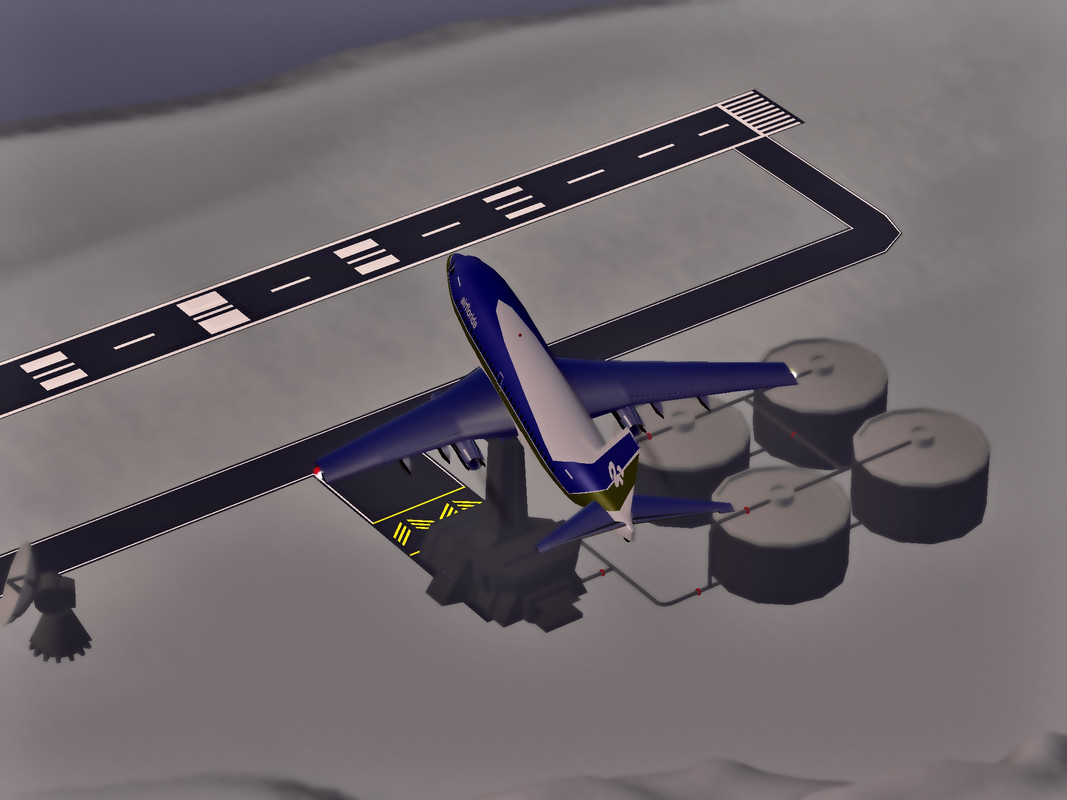
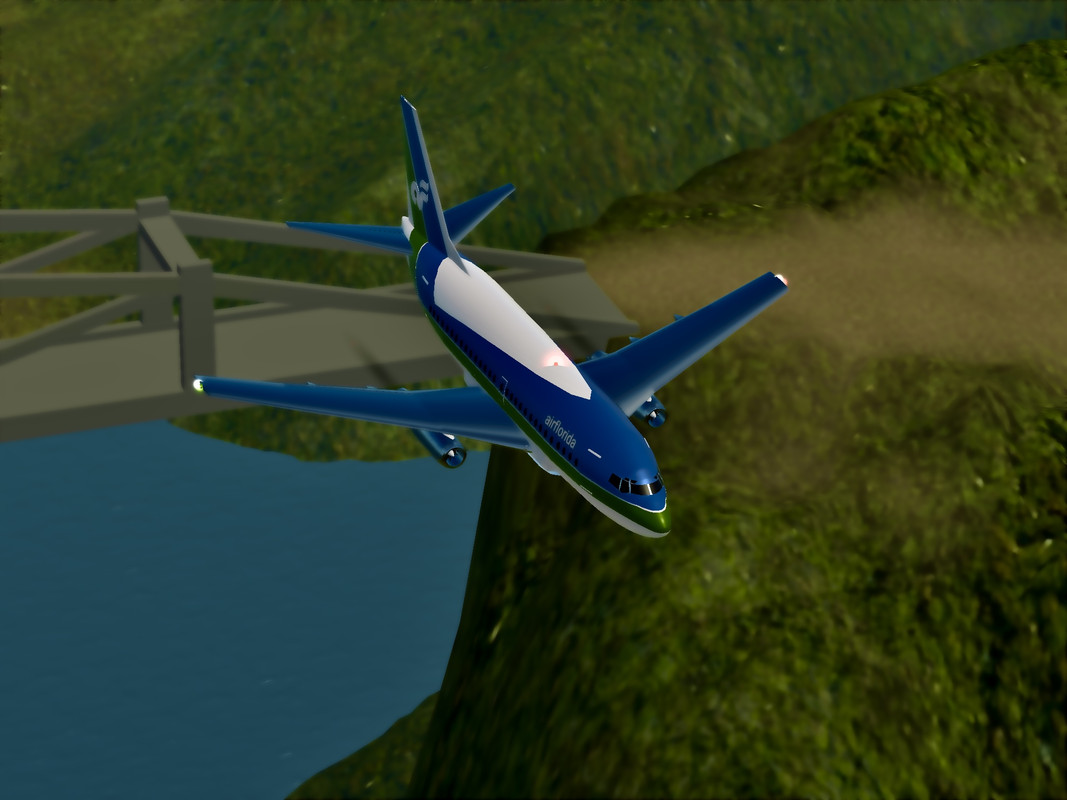
HAVE A GOOD FLIGHT!
Specifications
Spotlights
- 929 2.8 years ago
- YarisSedan 2.8 years ago
- NARGII 2.8 years ago
- Brololxd 2.8 years ago
- DeadlyDialga 2.8 years ago
General Characteristics
- Predecessor BOEING737-200
- Successors 4 airplane(s)
- Created On iOS
- Wingspan 93.5ft (28.5m)
- Length 98.2ft (29.9m)
- Height 35.6ft (10.8m)
- Empty Weight N/A
- Loaded Weight 45,333lbs (20,562kg)
Performance
- Power/Weight Ratio 0.461
- Wing Loading 39.6lbs/ft2 (193.2kg/m2)
- Wing Area 1,145.8ft2 (106.4m2)
- Drag Points 19876
Parts
- Number of Parts 628
- Control Surfaces 9
- Performance Cost 3,041

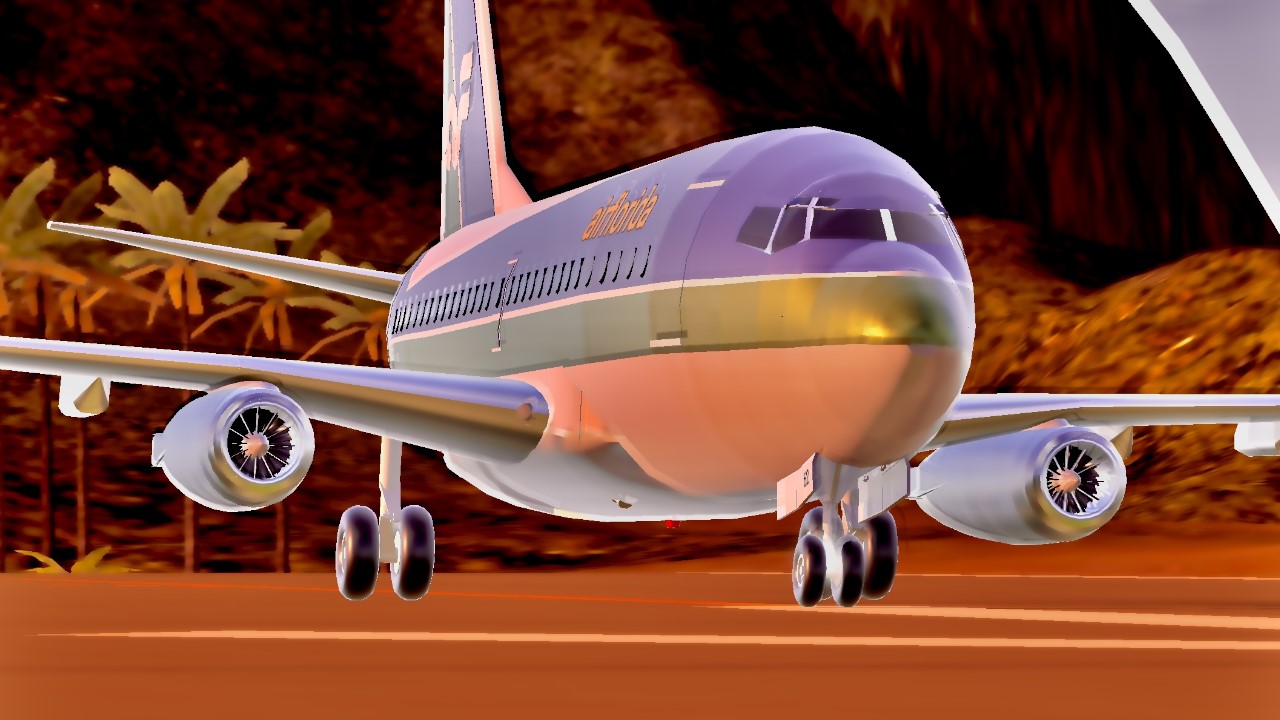
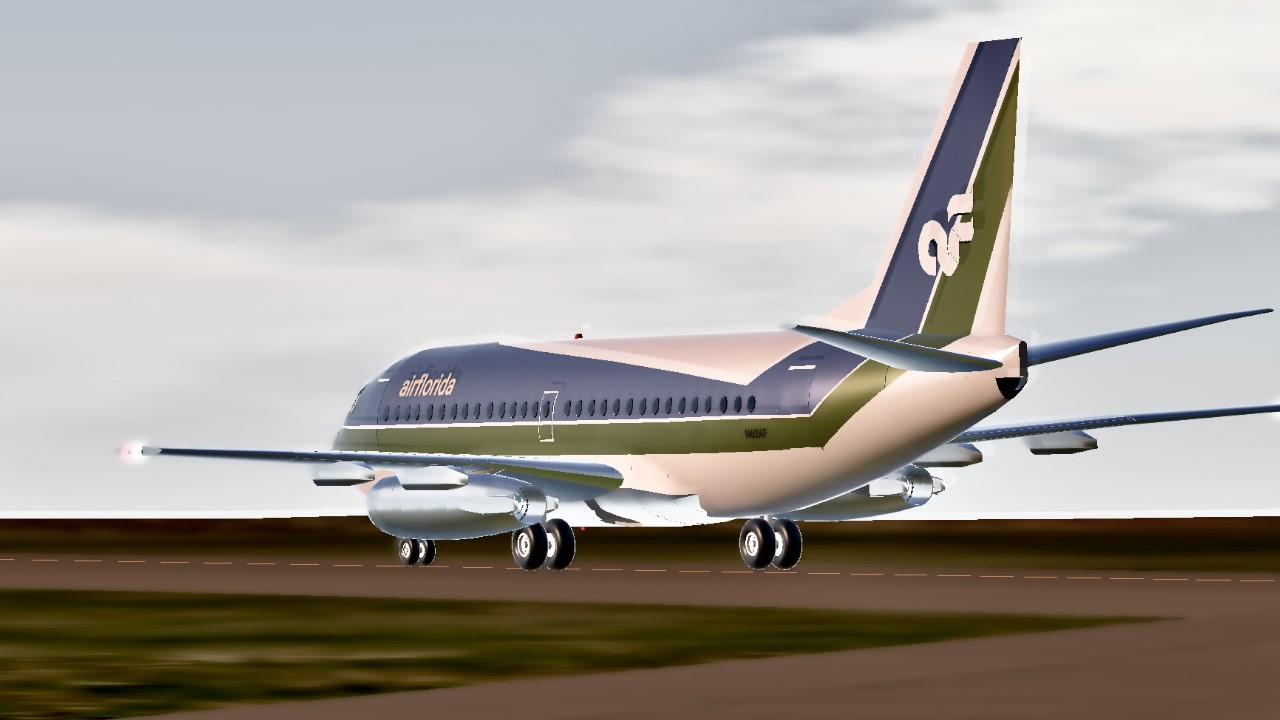
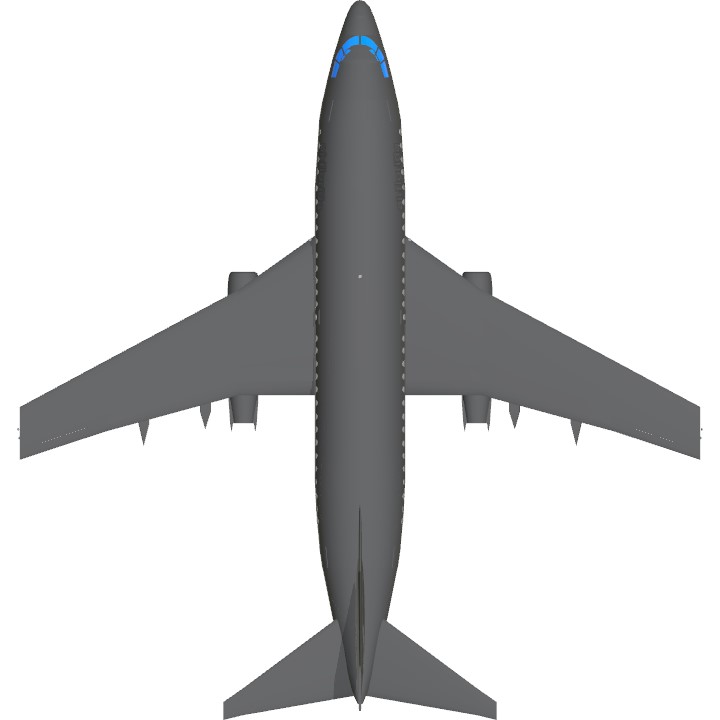


OG creator tags:
@qazedcujmyhn
Another tag:
@NARGII
Tags:
@UnitedDC4TwaL1049
@CR929thenewSPplayer
@DeadlyDialga
@Ajtwinz123 bro wtf
@Ajtwinz123 it breaks the site rules idiot, have fun getting reported by other users
Stop being a Karen lol I can copy any build
Yep but still I love this Boeing 737 you made
@ChamDel78 oh ok
@LM0418 i mean the thumbnail of the deicing, I am not that dumb lol. Ik the 737 200 is Air Florida
@ChamDel78 umm... this isnt areoflot
I’ve never knew Aeroflot Has a lot of western planes like Boeing or Airbus. But still cool plane
Plane tilts on the ground, left wheel is the weak link it seems
Yea, this airline shut down in 1984
@boom1738 thank you!
😯 it's so magiccc!
@JJsimple thx😀
yez
@DeadlyDialga yup😀
@Legomaster0418
Aight, that’s understandable. If you ever change your mind my account is on my bio. Just to discuss so that we’re not overlapping projects by chance or something like that… be happy to share tips as well.
@DeadlyDialga no… I wish tho
I’m really not that social
Beauty! Glad you got that logo to work. Making it with fuselage pieces worked out great!
Also, do you have discord by chance?
Very nice. Good job!